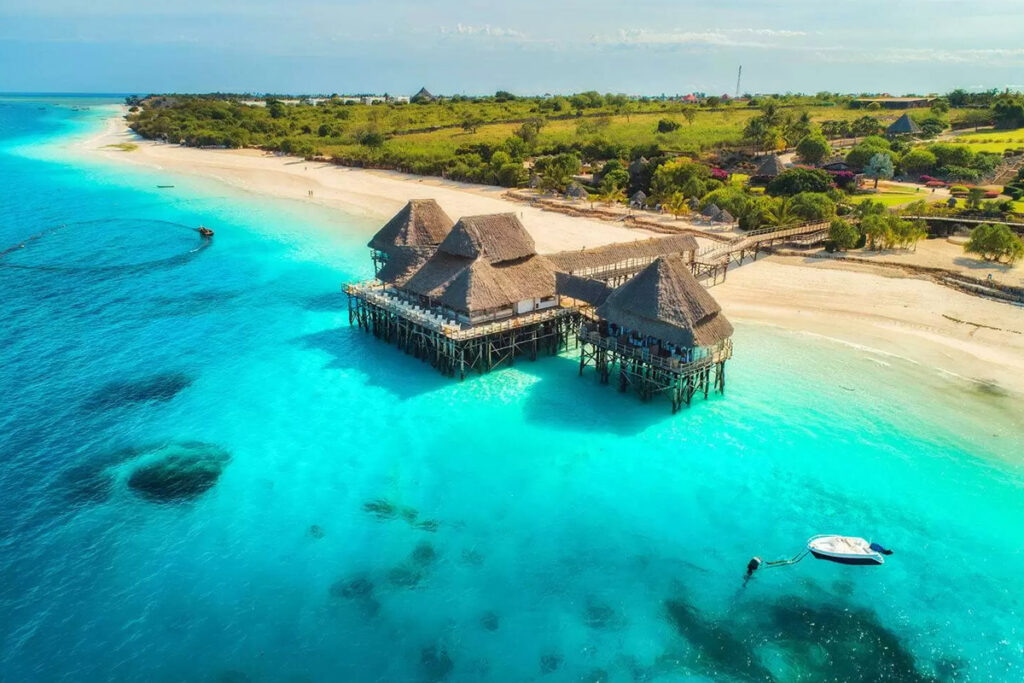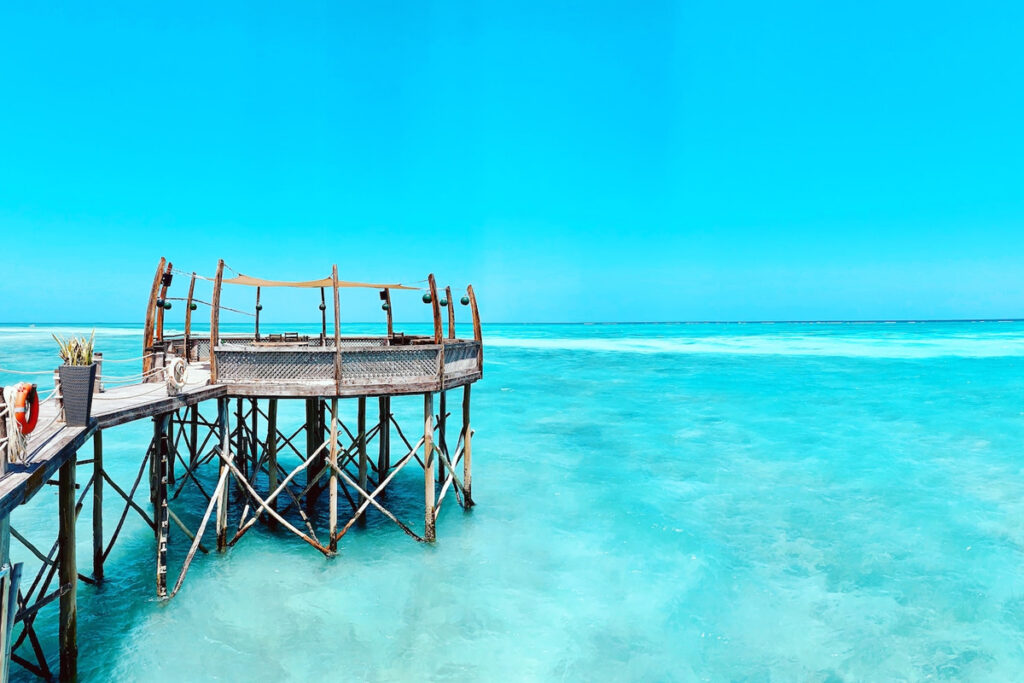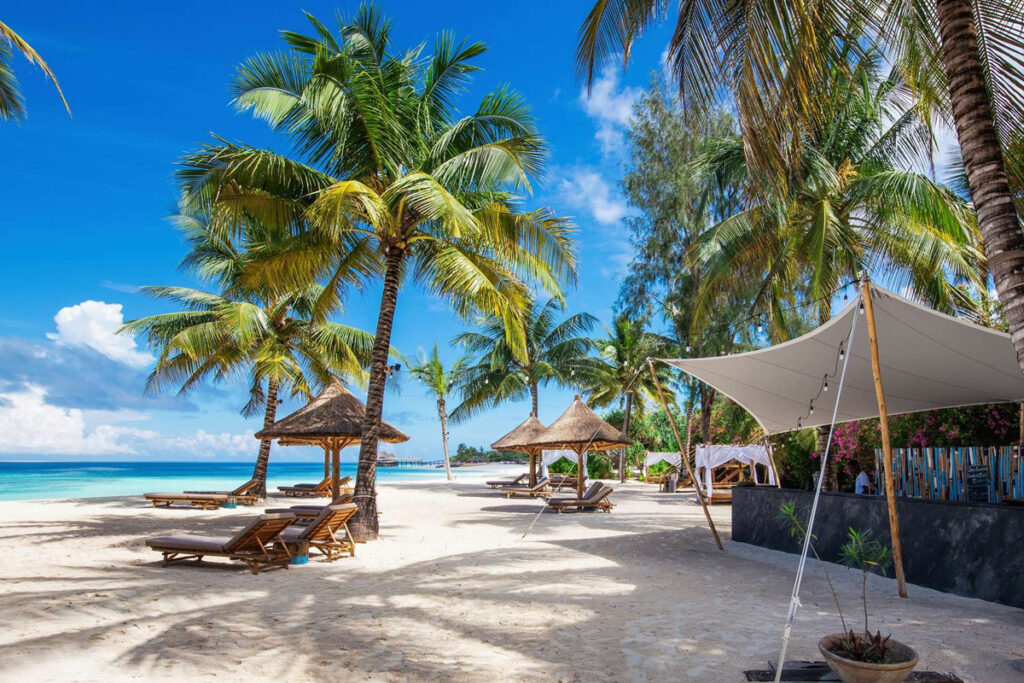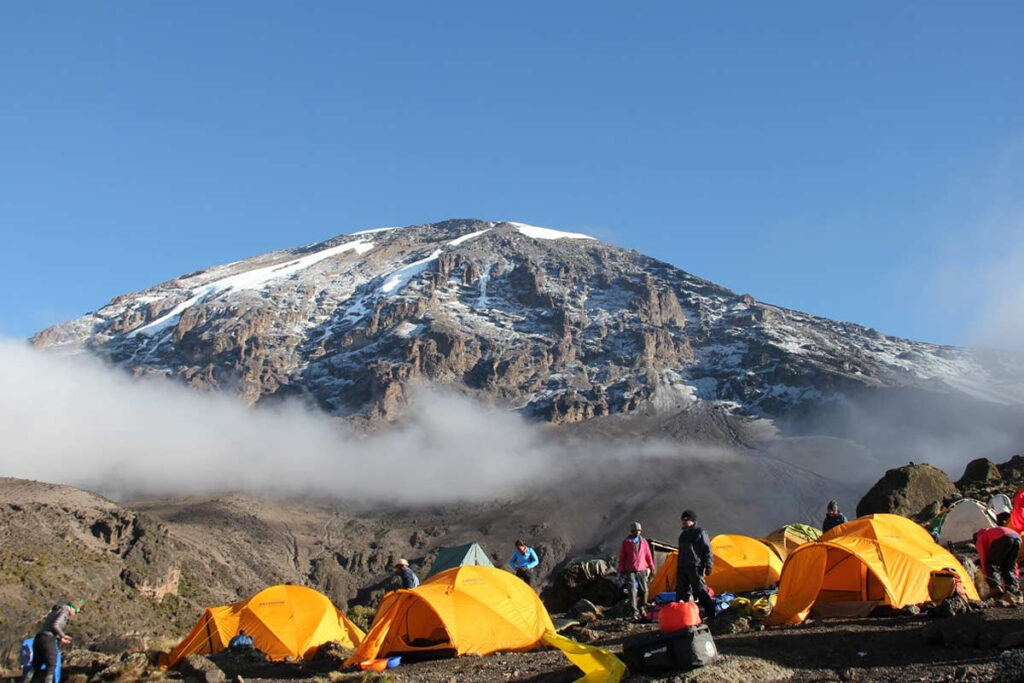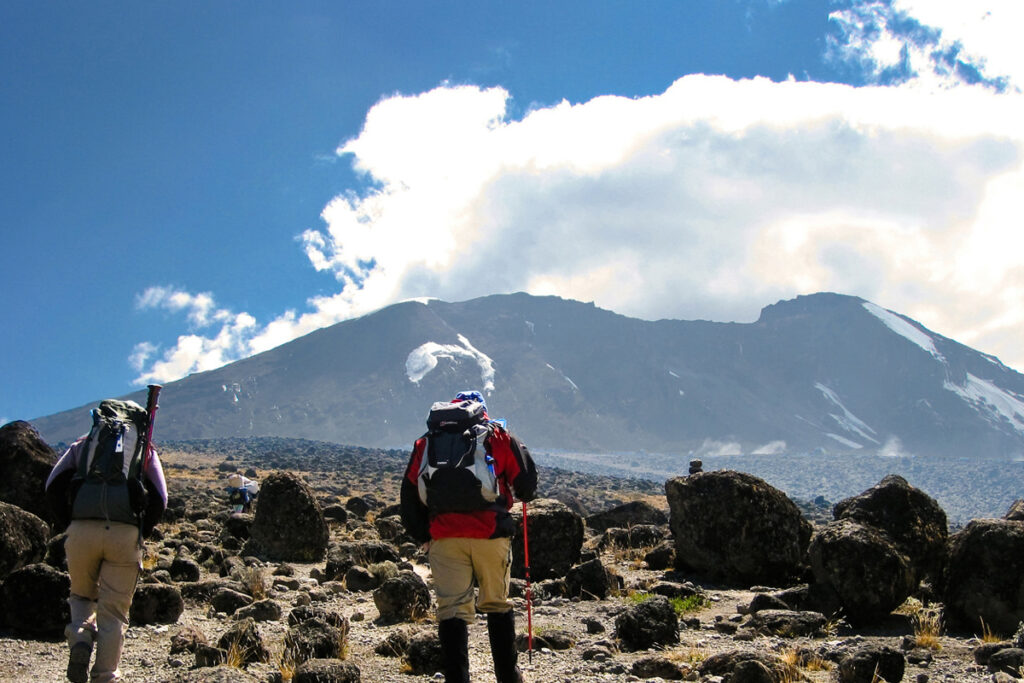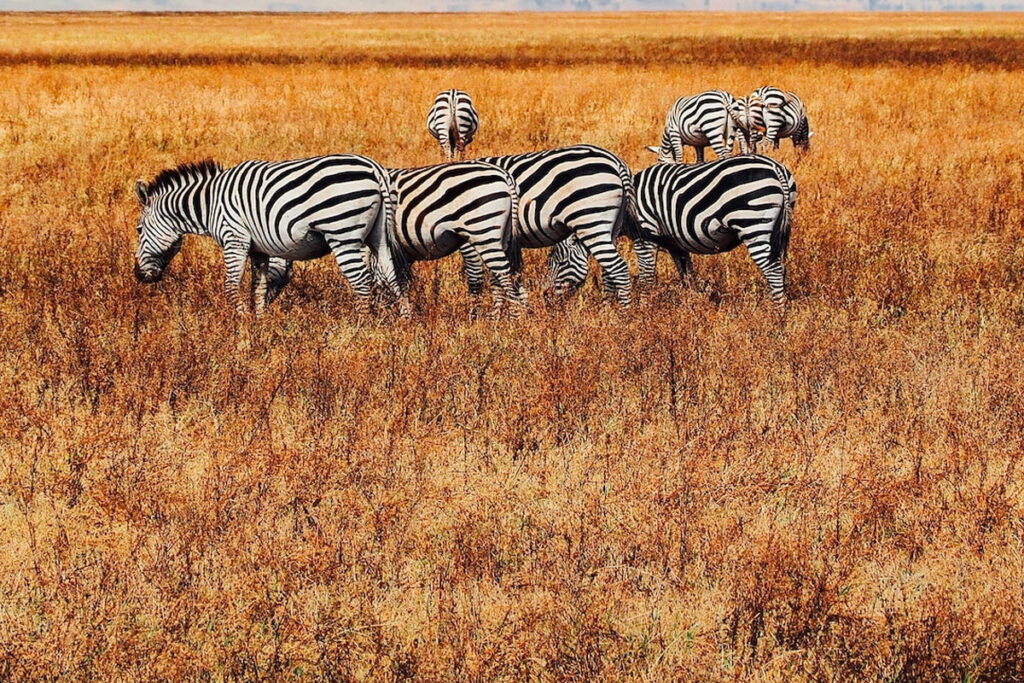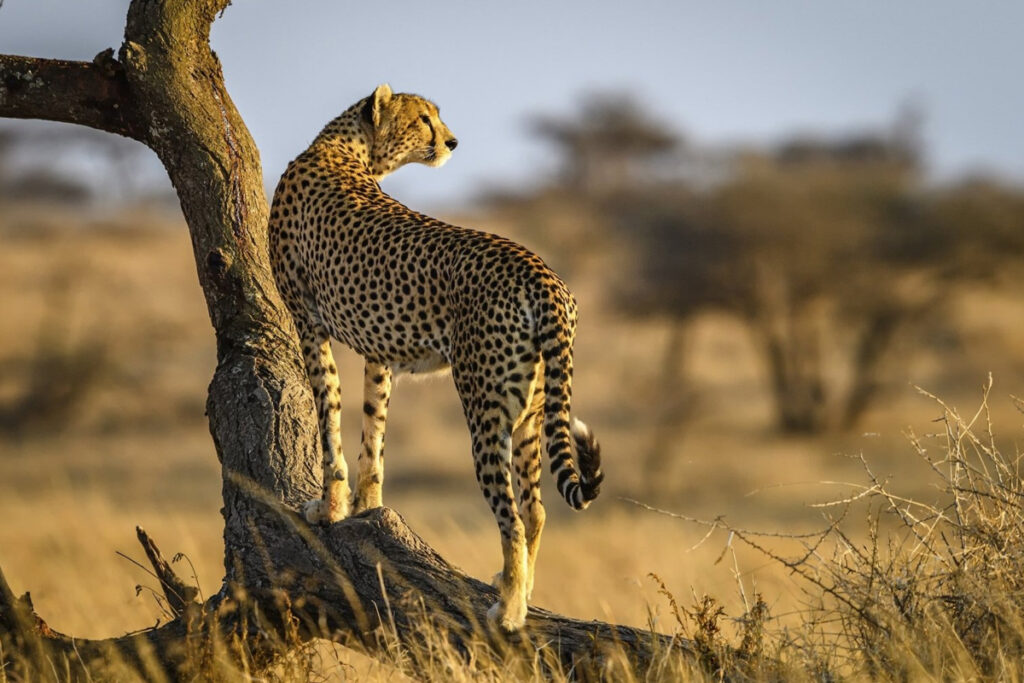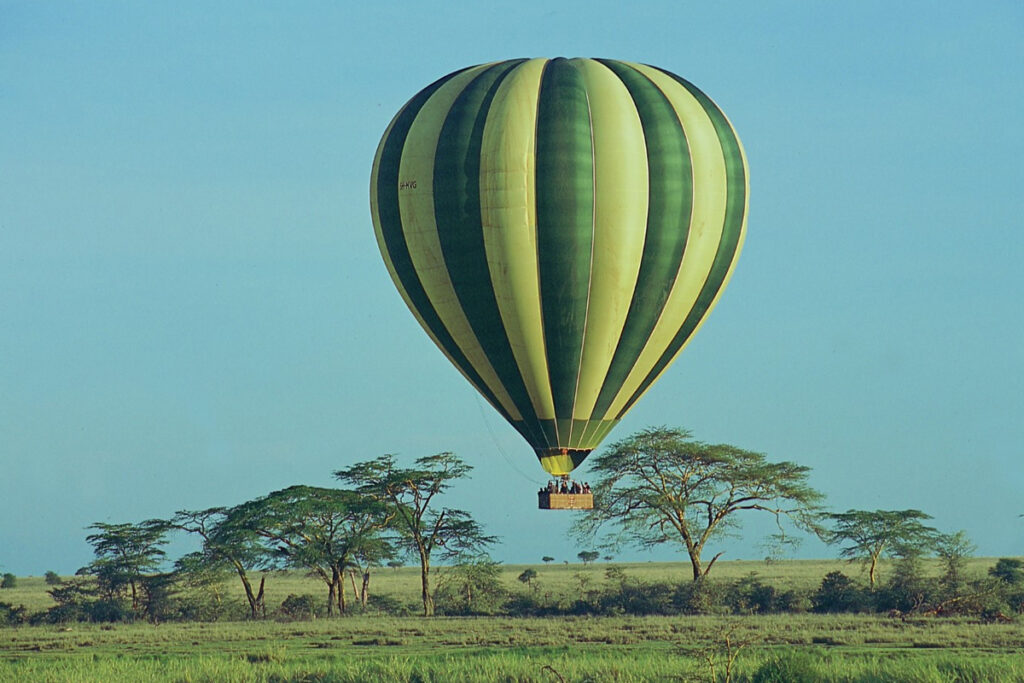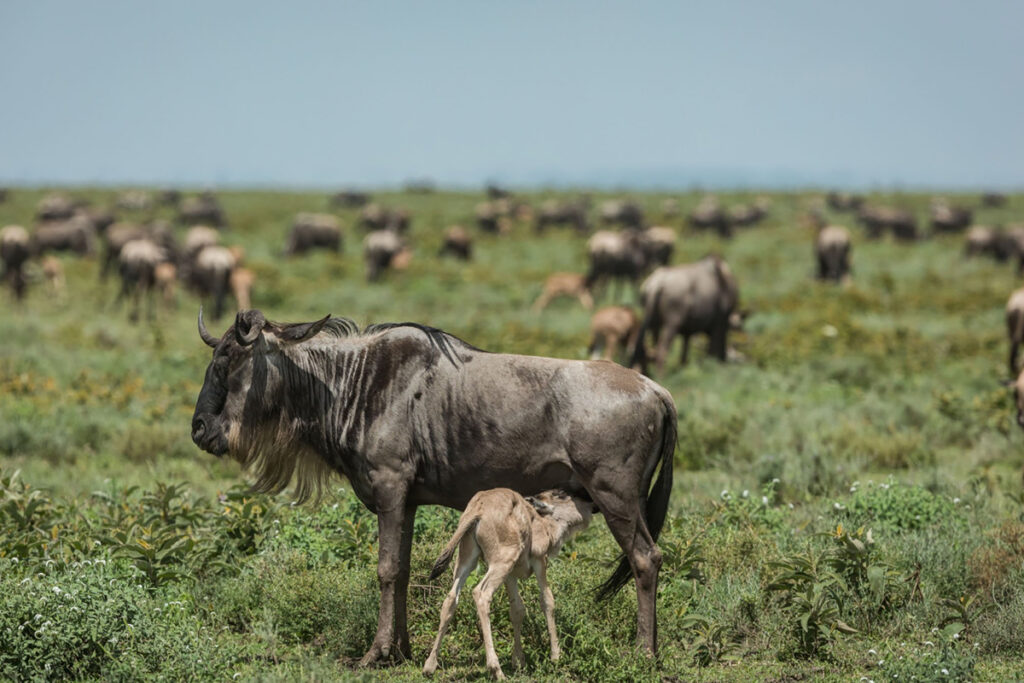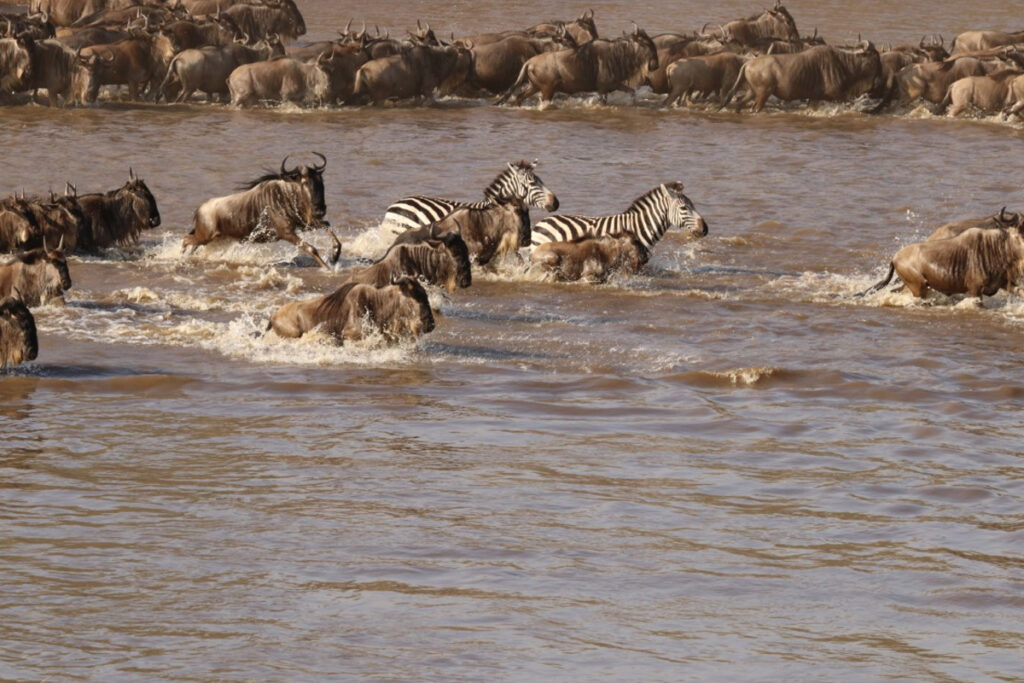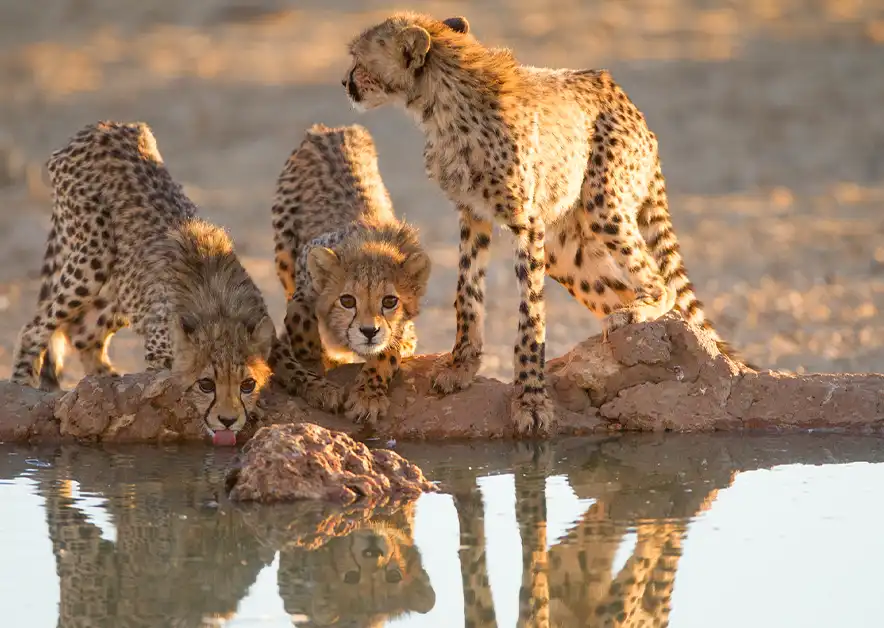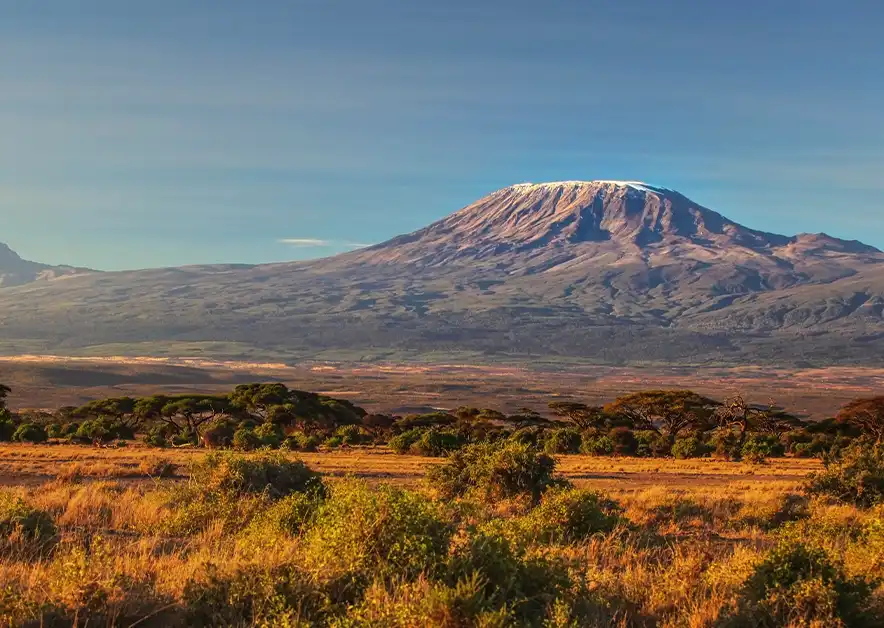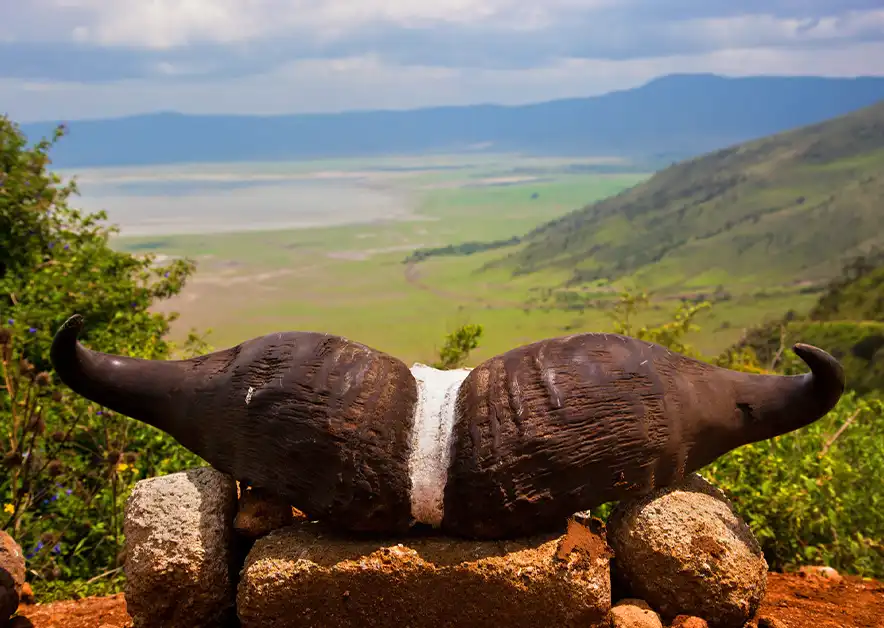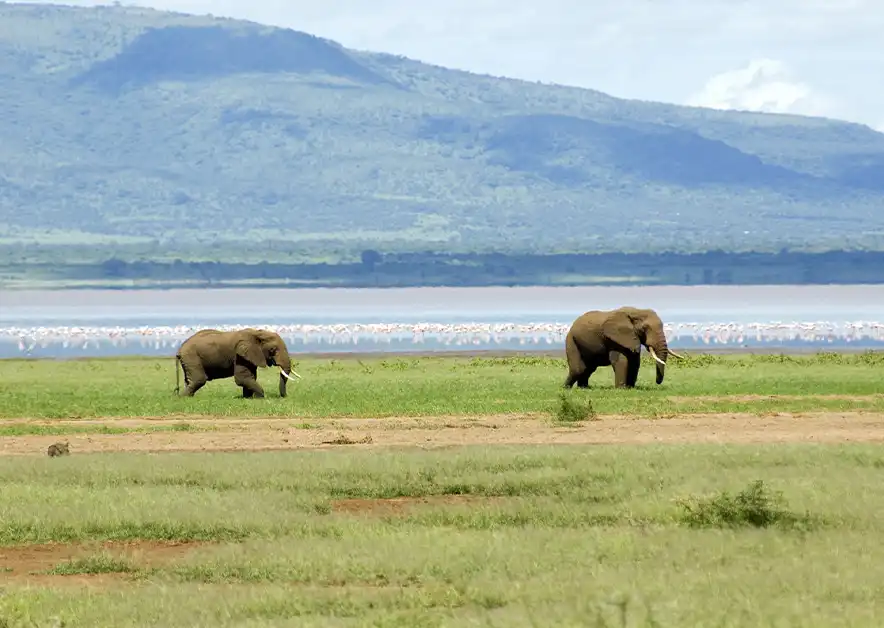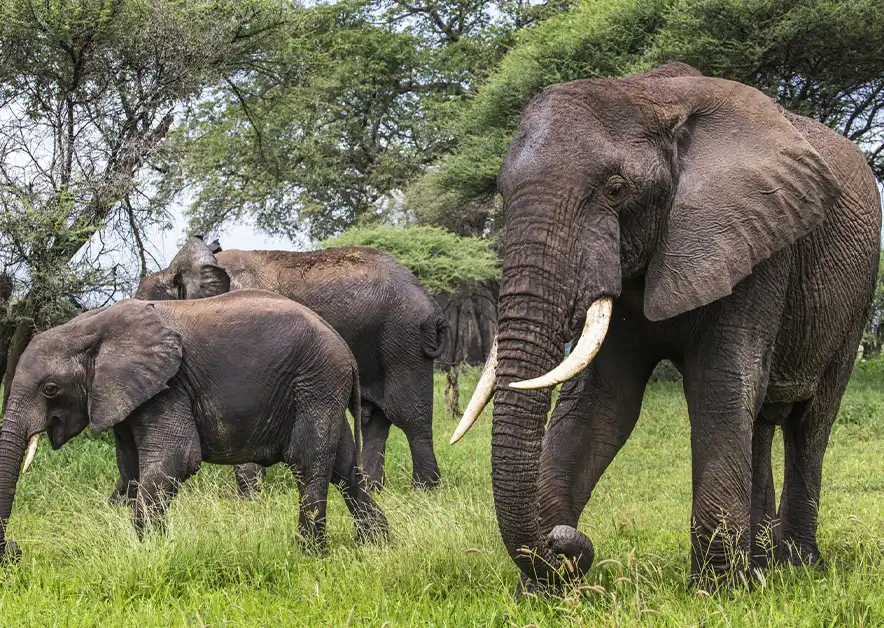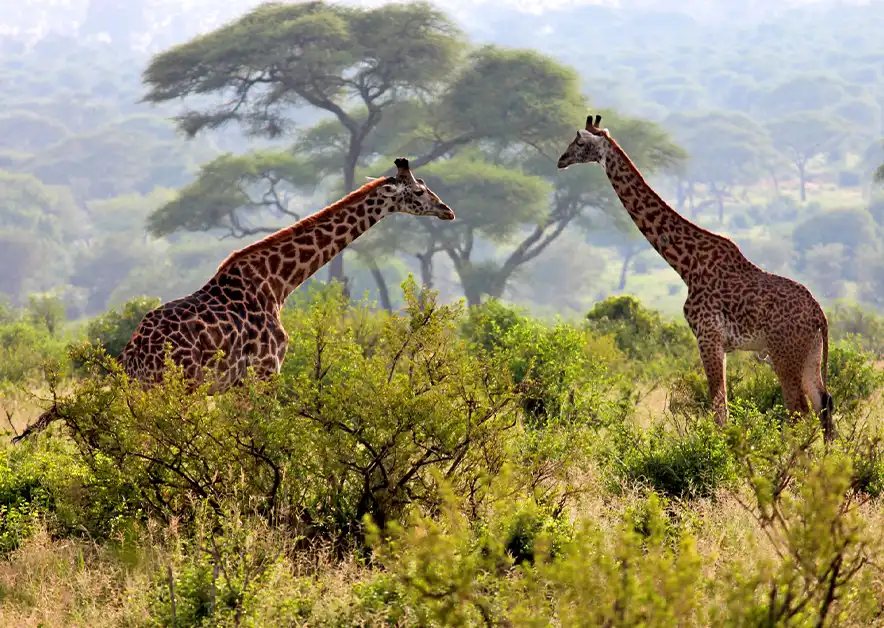Tour Overview
The Rongai Route stands out as one of the easiest paths to the summit of Mount Kilimanjaro, boasting a notably high success rate among climbers.
Beginning on the mountain’s north side, just south of the Kenyan border, this route is characterized by its relative solitude compared to others. The descent follows the Marangu Route on the mountain’s south side, offering climbers a diverse array of perspectives on their journey.
The journey to the trailhead entails a scenic drive of approximately 3 hours from Moshi, passing through quaint villages and verdant coffee plantations. Along the way, climbers make a stop at Marangu to register climbing permits.
Detailed Itinerary
Day 1: Arrival at Kilimanjaro Int. Airport for your climb
Day 2: Rongai Gate (1800 m) - First Cave Camp (2600 m)
Day 3: First Cave Camp (2600 m) - Kikelewa Camp (3600 m)
Day 4: Kikelewa Camp (3600 m) - Mawenzi Tarn (4330 m)
Day 5: Mawenzi Tarn Camp (4330 m) - Kibo Camp (4700 m)
Day 6: Kibo Camp (4700 m) - Uhuru Peak (5895 m) - Horombo Hut (3720 m)
Day 7: Horombo Hut (3720 m) - Marangu Gate (1830 m) - to the hotel
Price Inclusions
| Included | Excluded |
|
|
|

